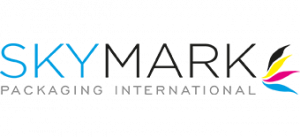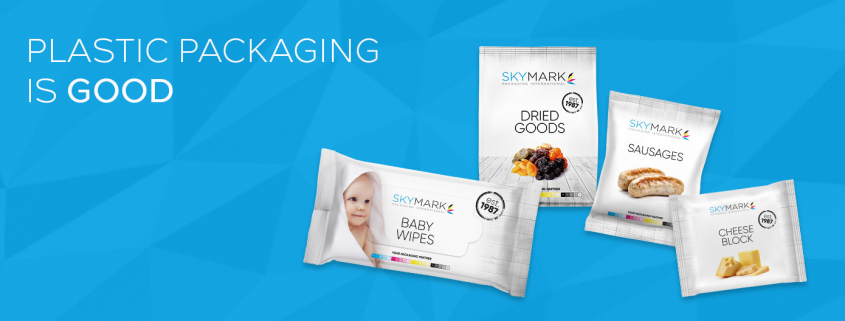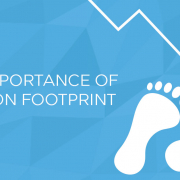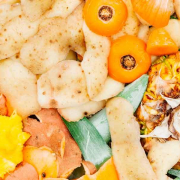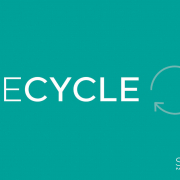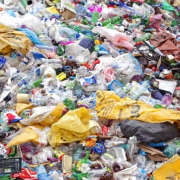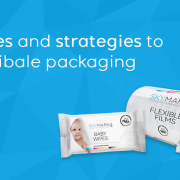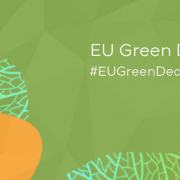It doesn’t take long whilst scrolling through LinkedIn or browsing packaging media outlet news feed that you’ll come across a post or an opinion that would suggest that one form of packaging is “better” than the other. Especially when it comes to the debate of paper “vs” plastic and recyclability “vs” carbon emissions.
The comments section is filled with “no it isn’t”, and “”but you’re only consider one thing”, or “there is no one single solution” and I agree with them all.
We must always go back to why we have packaging, it is to PROTECT & PRESERVE
- To protect: There wouldn’t be any hunger in the world if there were no food losses. More food is produced than we really eat or utilise. While packaging is powerless to stop waste, it is able to stop spoiling. Although shelf life is constrained, it can be extended. The shelf life of unpackaged beef is four days. Meat that has been vacuum-packed has a shelf life of around 30 days. Increased product shelf life helps prevent food waste and postpone deterioration.
- For growth: The flow of commodities increases as a result of urbanisation, expansion, and globalisation, posing new infrastructural issues. Significantly less transport capacity are required throughout the life cycle as a result of the low weight and space savings. Less traffic, less strain on the infrastructure, and less environmental pollution are all benefits of having more merchandise on the trucks. It is feasible to save weight and space during shipment by using thinner films. As a result, the amount of cargo during transportation rises dramatically, and loading zones may be utilised to their full potential. Thus, the life cycle evaluation is enhanced (LCA). Flexible packaging is efficient and economical. Products are more reasonably priced for those with modest incomes when they are packaged in small, economical amounts.
In a technical sense, it is possible to recycle all plastic, and the technology is available. However, in order to sift, recycle, and sell them as raw materials for new products, they must first be gathered. All of this must be accomplished economically. The development of new recycling methods that enable the industrial-scale recycling of even more forms of plastic may take a few years. However, in the interim, the plastics sector is collaborating with the government to achieve the shared objective of streamlining the materials that are gathered for recycling across the UK to make life simpler for individuals.
What we see in the interim is a race for alternatives to plastic as it is somewhat seen as the enemy! Yet time and time again publication and research back the opinion that alternative have a negative impact vs plastics.
The plastics investigated in a recent research by KcKinsey & Company offer lower overall GHG contribution compared with alternatives in 13 of 14 applications for which nonplastic alternatives are deployed at scale. Taking into account both the impact of consumption and the product life cycle, GHG reductions range from 10 to 90%. Additionally, there aren’t many alternatives to plastics today in many applications, particularly those that are centred in food packaging. Given their smaller GHG footprint, plastics use in the near term can actually aid decarbonization efforts in these sectors, notably in terms of food spoilage and energy efficiency.
It all depends on the application
The degree to which sustainability factors are given priority affects the sustainability of packaging materials. Businesses in the value chain will need to be aware of the trade-offs between reducing waste and carbon footprint.
So what is the criteria that should be considered:
- Minise the harm that non recyclable packaging will have on the environment
- Assess the GHG emission
- Recyclability and recycled content
Recycling is effective. Recently the British Plastic Federation concluded in response to the Big Plastic Count that between 30 and 80 percent of the carbon emissions produced during the manufacture and processing of virgin plastic are avoided through recycling. The quantity of plastic recycled has grown 2.4 times since 2006, with the UK recycling 51 percent of plastic packaging in 2020. For the first time ever, the UK recycled more plastic within its borders than it did for recycling abroad last year. Although there is still work to be done, it is apparent that progress has been made.
At Skymark we want to enable & inspire every individual and organisation to do more, using less. With our passion & desire to listen and give a personalised, collaborative experience, developing Innovative, forward thinking packaging solutions
Dan Richards – Sales & Marketing Director
